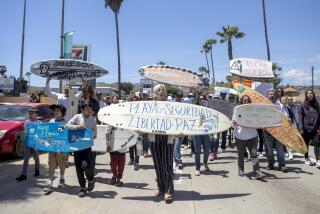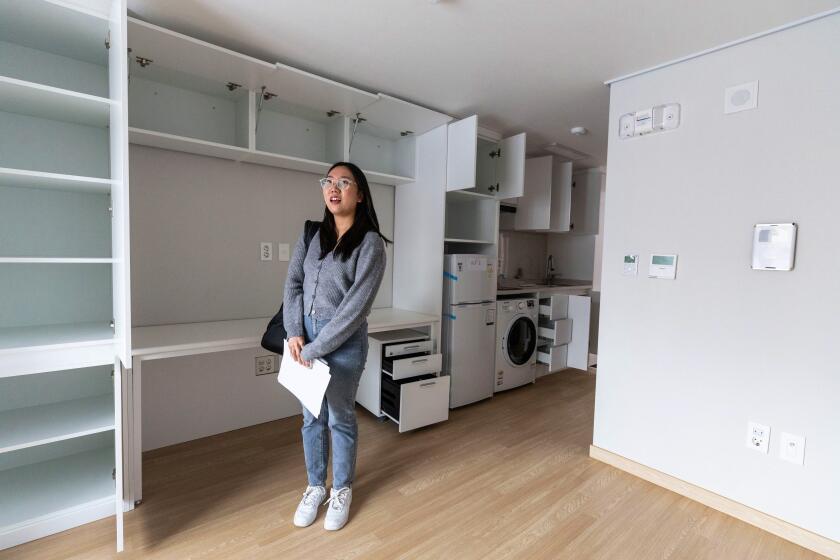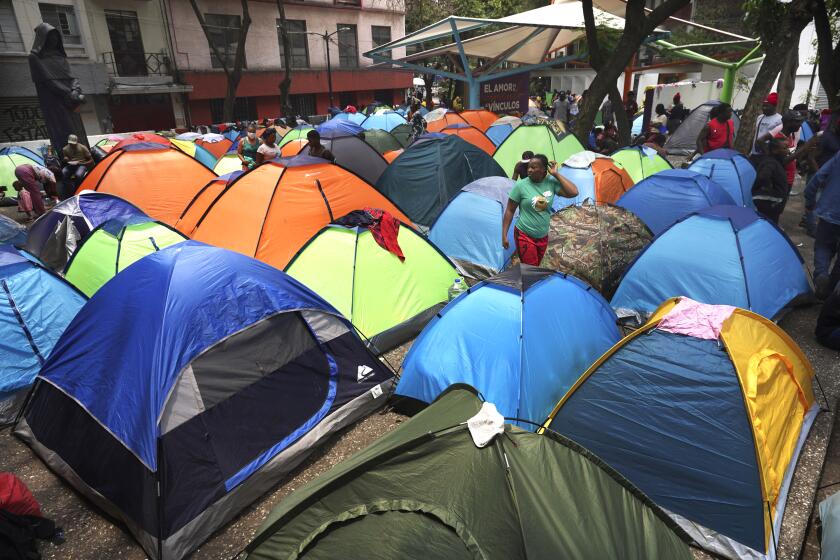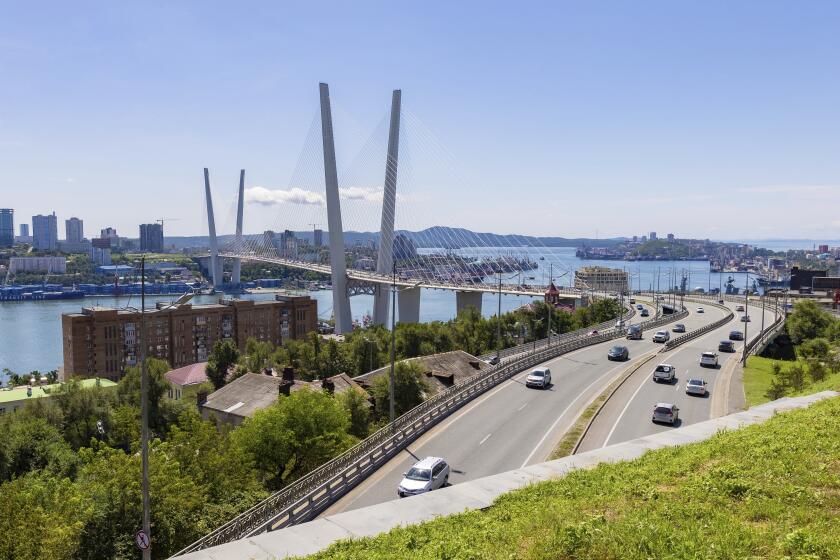Higher costs drive political change
From the world’s poorest corners to its most prosperous, people are facing much higher prices for food. Increases are driven by the high cost of energy to grow and transport crops, poor harvests in major exporting countries such as Australia, increased demand in developing nations including China and India, and a rush to produce biofuels. High prices and shortages have led to violent protests and political turmoil. But they also have created a class of newly prosperous farmers in the agricultural heartland of South America.
--
-- Nargis Iqbal’s face fell when she heard the bad news: A shipment of inexpensive cooking oil that arrived only that morning had already sold out.
Iqbal, 50, a government employee with five children, had come to a state-run “utility” store, which sells food staples at controlled prices.
Gloomy and cavernous, the shop lives up to its name, with stark lighting and metal shelving sparsely stocked with sacks of flour and canned fruit.
These days, Iqbal does most of her shopping there. She would prefer the gossipy bustle and the more inviting selection at the open-air market, but she has to hunt for bargains where she can find them.
In the last quarter of 2007, food prices in Pakistan began galloping upward. The price of rice increased 10% in a month. The cost of cooking oil nearly doubled.
Those increases played a role in the political upheaval of recent months.
Widespread anger over soaring food costs helped opposition parties to a wide margin of victory in February elections over the party of President Pervez Musharraf.
The former general was already deeply unpopular because of his autocratic measures, including a period of de facto martial law late last year. But food prices and shortages sapped Musharraf’s dwindling support.
“Previously, I had liked him because he brought stability, but when I found myself standing in these long food queues to pay more and more, I decided to vote instead for a change,” said Mushtaq Khan, a retired police officer.
Musharraf, who has ruled for nearly nine years, will probably see his powers rolled back under the new administration.
On Thursday, the World Bank warned that the Pakistani economy, heavily dependent on consumer spending, needs to adjust to higher prices for foodstuffs or risk a slowdown.
The new prime minister, Yusaf Raza Gillani, who took office only days ago, is already under pressure to come up with a comprehensive plan to address the high prices, which have gone hand in hand with shortages, hoarding and black-marketeering.
Arshad Amar, the utility store’s manager, said that when prices first started going up and supplies grew scarce, shoppers were angry.
“Now they just look very sad,” he said.
Customers came and went, checking prices. Some bought and grumbled. Others went away empty-handed.
Iqbal, a widow, said her family misses her signature dishes, many of them made with hard-to-afford meat or chicken. She dreads the looks on her children’s faces when confronted with a plain dish of rice and dal, a bean or lentil soup.
And the appearance of guests, who must always be welcomed and plied with food, makes her throat go tight with anxiety.
--
More to Read
Start your day right
Sign up for Essential California for news, features and recommendations from the L.A. Times and beyond in your inbox six days a week.
You may occasionally receive promotional content from the Los Angeles Times.






